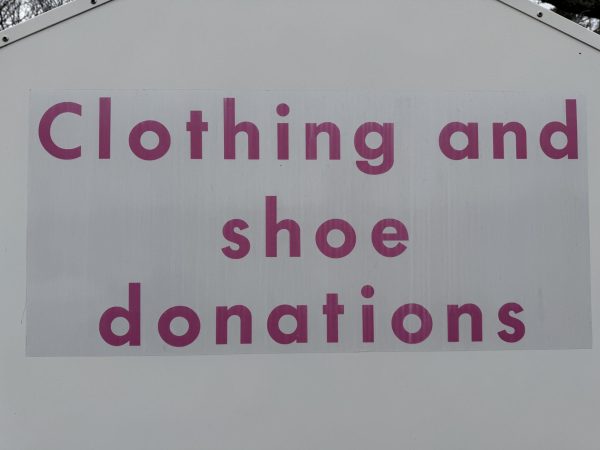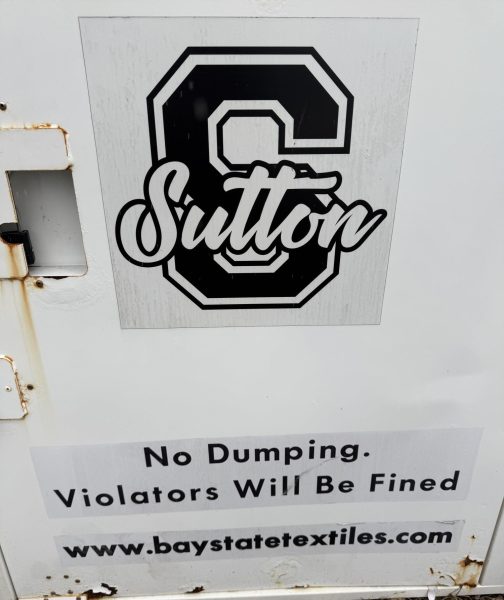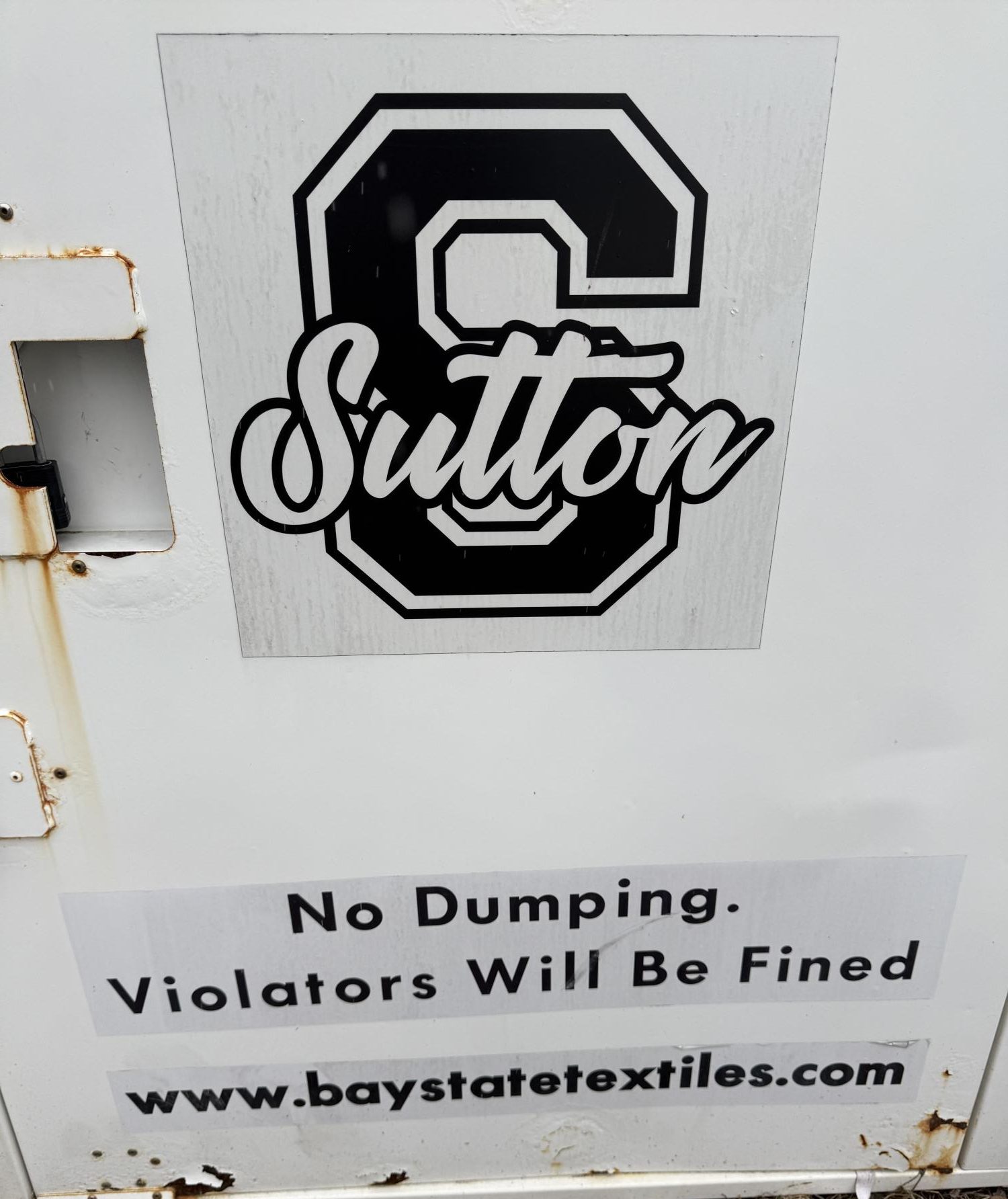Dear America,
When talking about donating clothes to Goodwill it is looked at as a commendable act that proves support and aid to the community and promotes sustainability. However, there is a compelling argument that these clothes that have been donated should be available for free. Why is this?
As we have seen within the past years, Goodwill and Salvation Army prices have been higher for used clothes than Walmart and Target for new clothes. Shoppers are choosing to purchase new materials for less rather than buying clothes from used stores for more.
When offering and supplying free clothes to those in need, this act would directly address the state of poverty. Many individuals and families have struggled to afford necessities, including clothing. Clothing is essential to life due to ‘’No Shoes No Service’’ signs and many more. Clothes are also a way to keep warm and maintain body heat. When providing donated clothes for free, donation centers could ensure that regardless of financial situation all families will have access to essential items.

This would help improve the quality of life for many and reduce the stigma associated with seeking help when times are tough. Economically, making donated clothes free could also help aid in an equitable distribution of these kinds of essential resources. Currently, Goodwill generates revenue by selling these donated items, and the money is used to fund various programs and services for many people and families in need. While these initiatives are undoubtedly valuable, giving these clothes for free would have a more immediate and tangible impact on those constantly struggling and needing help.
Are the donation centers clean? I once found a small KFC plastic container with a red lid for $2.99. This is unacceptable. A KFC container is very gross and not clean. This is also a scam when dining at a fast food restaurant, chances are this container was free. So why do they jack up prices on things that were free?
Why do you never see anything high-end at Goodwill? “Those items that we find that are valuable do not get put out on the floor,” someone explained. “They get sent to wherever our headquarters are so they can be sold online. He said they are essentially used on Goodwill’s version of eBay, where products can be sold and auctioned off to the highest bidder’’ This is extremely unacceptable because people are donating to help someone else out, and these donations should not be put into an auction.
Environmentally, offering these free donated clothes could encourage people to participate in the donation process, knowing that their donations will have a direct and immediate impact. This could lead to a greater amount of clothing being reused, reducing the amount of unnecessary waste of clothes that ends up in landfills.

Donation centers’ popularity have recently skyrocketed due to the increase in social media presence and the idea of vintage clothing through TikTok and Instagram platforms. This allowed donation centers to increase their prices.
This action of taking control would directly support those in need, While there are logical and financial issues to consider and address, the positive impact on the community that this would bring makes a strong case for rethinking the current model and exploring new and improved ways to provide clothing to those families who need it most, especially during the colder months.
It is unacceptable that donation centers have this type of control. When donating clothes be careful about what business and company you decide to donate to, because about 80 percent of the time it is not where you think.
So, America, think twice before you donate, and make sure you know what your donations are going to.







